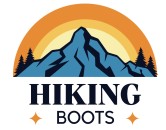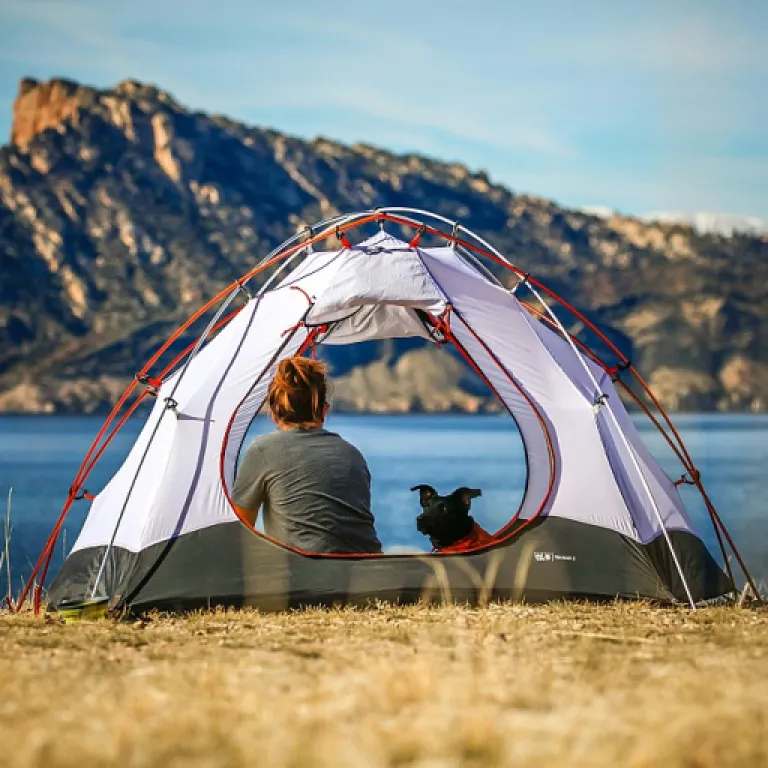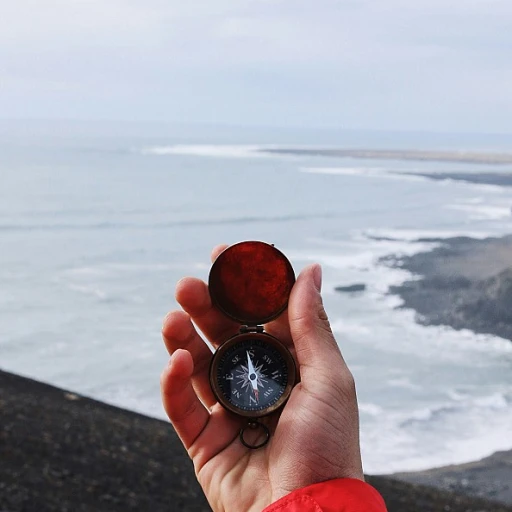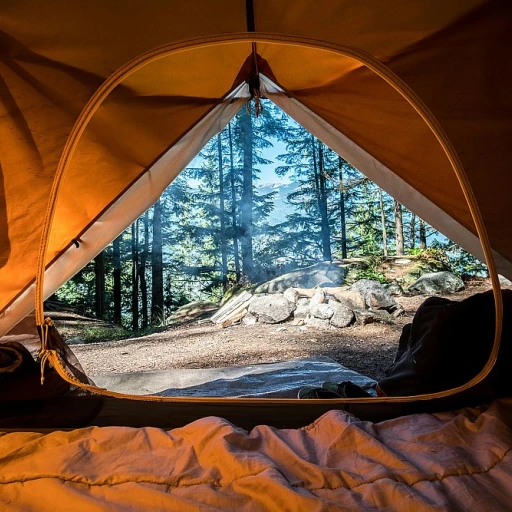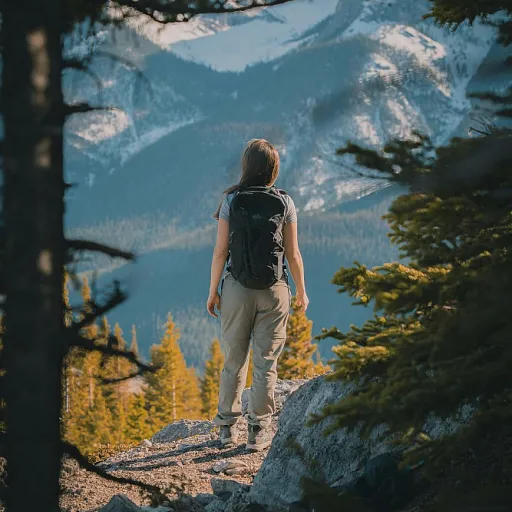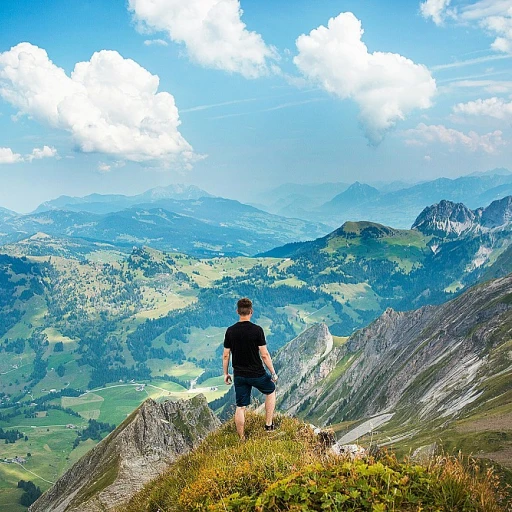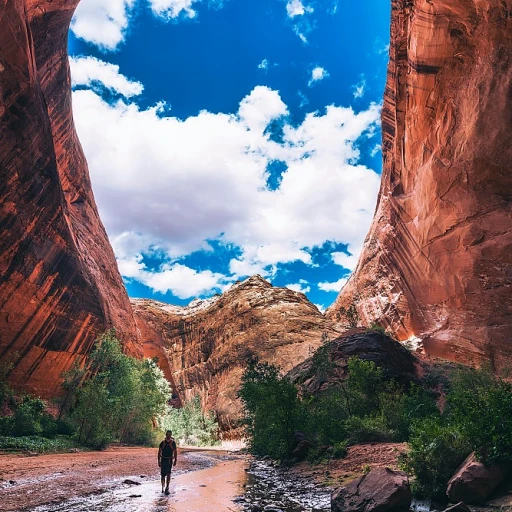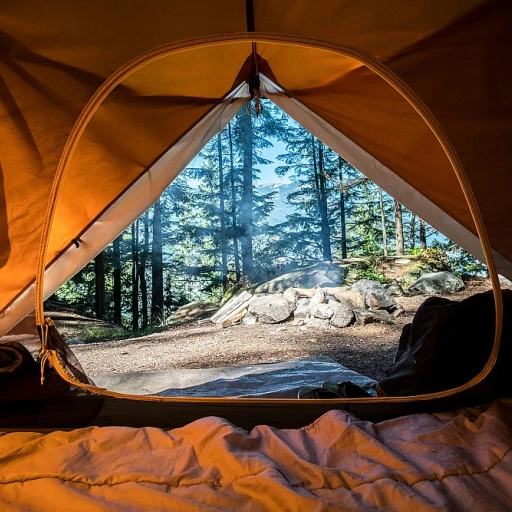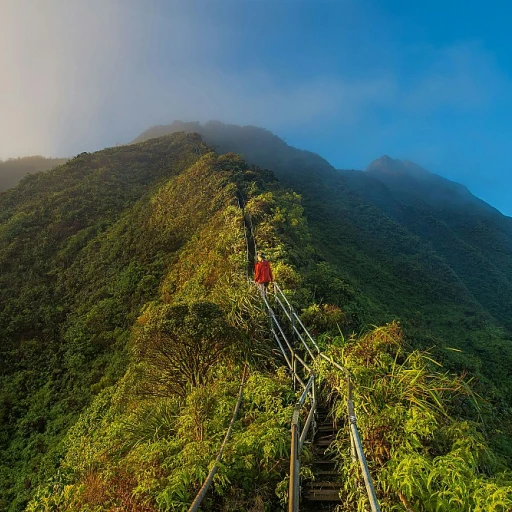
Understanding Maui's Diverse Terrain
Unveiling Maui's Varied Landscape
Maui, an island in Hawaii renowned for its scenic beauty and enchanting trails, offers a diverse terrain that eagerly awaits exploration. The lush bamboo forests and striking waterfalls of the area invite hikers on adventures that involve both natural splendor and physical challenge. When planning a visit to Maui, it becomes crucial to understand the island's multifaceted landscape to fully appreciate its allure and prepare adequately for hiking excursions.
The island's national park, home to the famed Haleakala National Park, presents volcanic craters and forest reserves, allowing hikers to traverse the unique elevation gains. In contrast, the scenic West Maui offers coastal trails with breathtaking views of the Pacific Ocean.
Maui's well-known trails, like the Waihee Ridge and the lush path through the Iao Needle park, provide something for everyone. For those drawn to waterfalls, Twin Falls and the Pipiwai Trail are must-tries. Alternatively, the rugged beauty of the Nakalele Blowhole and Halemau Trail cater to those seeking a more adventurous experience.
Understanding Maui’s terrain helps tailor your packing list to include the appropriate gear, such as sturdy hiking boots essential for both safety and comfort. Optimal footwear is crucial, especially when negotiating rocky ridges or navigating muddy paths within the forest.
With a variety of trails, each demanding respect for its distinct environment, familiarize yourself with the conditions and challenges that await, ensuring a memorable hiking trip. Before you head off, discover additional hiking insights to navigate Maui’s trails wisely.
Choosing the Right Hiking Boots for Maui
Selecting Footwear for Hawaii's Unique Landscape
Encompassing everything from lush rainforests and bamboo groves to volcanic ridges, Maui's terrain offers a kaleidoscope of hiking experiences. When embarking on trails like the Waihee Ridge or the Halemau'u Trail within Haleakala National Park, having the right hiking boots plays a pivotal role in ensuring comfort and safety. The diversity of Maui's trails means that your choice of hiking boots should cater to a variety of terrains. For shorter walks to waterfalls, where trails may be muddy or slick like those near Twin Falls, a boot with good traction is essential. Explore hikes like Pipiwai Trail, where you may encounter both dense forest and exposed ridges, which demand a sturdy, supportive shoe. ### Key Considerations for Your Maui Hiking Boots- Water Resistance: With the frequent rainfall in areas such as the bamboo forests along the Road to Hana, boots that feature water-resistant or waterproof materials can keep your feet dry and comfortable.
- Breathability: As temperatures fluctuate, especially during hikes along the stunning ridges of west Maui, breathable boots prevent overheating, maintaining foot health.
- Support and Cushioning: The elevation gain on many Maui hikes can be strenuous; therefore, boots with adequate ankle support and cushioning are recommended.
- Grip and Traction: Trails with loose rocks or wet conditions demand a solid grip. Rubber soles with a lug pattern can handle the slippery surfaces you'll find throughout Maui's national parks.
Features to Look for in Hiking Boots
Essential Features to Maximize Your Maui Hiking Experience
When it comes to hiking in the diverse landscapes of Maui, selecting the right pair of boots is crucial to ensure comfort and safety. Whether you're exploring the serene bamboo forests or tackling the rugged Waihee Ridge, your footwear needs to adapt to varying terrains and weather conditions.
A good pair of hiking boots for Maui should prioritise the following features:
- Sturdy Support: With trails like the challenging Halemau and scenic Pipiwai, adequate ankle support is key. This will help navigate the rockier paths and prevent injuries.
- Waterproof Material: Maui's unpredictable weather and majestic waterfalls, such as Twin Falls, can turn trails wet and slippery. Waterproof boots keep your feet dry during unexpected rain or stream crossings.
- Traction-Optimized Soles: The hikes often involve steep inclines, like the ones at Iao Needle or the iconic Road to Hana, where a slip-resistant sole is invaluable.
- Breathability: The temperature and humidity can fluctuate as you traverse from forested to coastal trails. A breathable material will help keep feet cool and comfortable throughout your trek.
- Lightweight Design: For longer durations and trails with significant elevation gain, lighter boots reduce fatigue, making them perfect for extensive park explorations and national parks like Haleakala.
Consider these features when choosing your footwear for a hike; your choice will enhance not just the practicality of your gear but also your enjoyment and safety as you explore the stunning ridge views and waterfalls of Maui. For more insights on selecting hiking boots, check out this guide on choosing the right boots for various terrains.
Top Hiking Trails in Maui
Discover Maui's Best Hiking Trails
Exploring the majestic trails on Maui offers a chance to experience the island's unique natural beauty. Here are some of the top hiking spots that provide breathtaking views and a memorable outdoor experience:- Pipiwai Trail: Situated within Haleakala National Park, this 4-mile round trip trail leads hikers through a lush bamboo forest and past the captivating Waimoku Falls. It showcases an impressive elevation gain but rewards travelers with stunning views and the chance to marvel at the iconic waterfall.
- Waihee Ridge Trail: Known for its panoramic vistas of both the West Maui Mountains and the Pacific Ocean, this trail offers a moderately challenging hike. The 5-mile round trip weaves through beautiful forest landscapes and is a fantastic spot for those seeking a rewarding adventure with striking views.
- Iao Needle: A shorter trek in the Wailuku area, this trail offers easy access to the iconic 1,200-foot Iao Needle. The walk is ideal for a quick outing, providing a sense of Maui's rich cultural history and natural wonders.
- Halemau'u Trail: For those interested in a more challenging experience, try this trail that traverses through Haleakala National Park. The diverse terrain includes volcanic landscapes and potentially offers unique insights into the geological history of Hawaii.
- Nakalele Blowhole: This unique natural attraction on the northwestern coast features a short trail leading to a dramatic oceanic geyser. Be cautious near the blowhole itself, but enjoy the stunning coastal views and intriguing rock formations along the hike.
- Twin Falls: Perfect for exploring Hawaii’s waterfalls without a long trek, Twin Falls offers numerous vantage points and small pools for a refreshing dip. It’s an excellent option for a family-friendly hike.
Tips for a Safe and Enjoyable Hiking Experience
Prepping for the Ultimate Maui Adventure
Embarking on a hike in Maui presents unique challenges and stunning rewards. Here's how you can make the most of your adventure while ensuring a safe and fulfilling experience.
Smart Packing for Maui Trails
- Consider the weather: Maui's climate can change swiftly, so pack layers that you can add or remove as needed.
- Don't forget the essentials: Water is imperative, especially for trails with significant elevation gain like Waihee Ridge. Bring enough to stay hydrated.
- Prepare for diverse terrain: Whether you're tackling the lush Pipiwai trail in Haleakala National Park or exploring the bamboo forest, having a small first-aid kit can be crucial.
Navigating Maui's Popular Hikes
- Plan your parking: Many areas like the parking lot at Twin Falls fill up quickly. Arriving early can truly make a difference.
- Know the trails: With routes like the Halemau trail, understanding the round trip distance and difficulty level helps in setting realistic expectations.
- Avoid peak hours: Popular spots such as the Iao Needle tend to be crowded. Opt for early morning or late afternoon treks for a quieter experience.
Safety Tips for Trail Exploration
- Avoid secluded paths: While the Nakalele Blowhole offers breathtaking views, it's essential to trek with a buddy for safety.
- Stay on marked trails: Venturing off designated paths can be tempting, especially in seemingly serene spots like Hana. However, unexpected challenges could arise.
- Be informed: Before you travel to Maui, research specific trail conditions and closures. Maui hikes like the Road to Hana may have temporary restrictions.
Implementing these practices will not only enhance your journey but also ensure a safer, more enjoyable exploration of Maui's natural wonders.
Maintaining Your Hiking Boots After a Maui Adventure
{Caring for Your Boots Post-Hawaii Adventure
Just as choosing the right hiking boots for your Maui adventure is crucial, maintaining them after exploring the island’s trails is equally important. Here are essential tips to ensure your footwear remains in top condition for future hikes through Hawaii's stunning parks and trails.- Thorough Cleaning: After a day of taking in breathtaking views from the Halemau Trail or tackling the lush Waihee Ridge, your boots are likely to be covered in dirt and debris. Use a soft brush to remove mud and grit from the outer surface and tread. For a more comprehensive clean, mild soap and water can be used, but avoid submerging them completely, especially if they are not fully waterproof.
- Drying Properly: It’s tempting to leave your boots to dry quickly in the sun after a wet hike near Twin Falls or a trek through the bamboo forest on the Pipiwai Trail. However, excessive heat can damage the materials. Stuff your boots with newspaper to absorb moisture and let them air dry naturally in a shaded, well-ventilated area.
- Inspect for Damage: After a round trip exploring Maui’s national parks or the rugged West Maui landscapes, check your boots for any signs of wear and tear. Look for any sole separation or damage to the lace eyelets and address these issues swiftly to avoid further deterioration.
- Waterproofing and Conditioning: To keep your boots in peak condition for the next time you’re packing for hikes in Maui Hawaii, consider re-application of a waterproof treatment, especially if your journey included road Hana’s wet and muddy paths. Leather boots will also benefit from regular conditioning to prevent drying and cracking, ensuring they remain as dependable on the rugged trails of Hana as they were from day one.
- Storage Best Practices: Once cleaned and dried, store your boots in a cool, dry place to avoid damage from shifting climates. Before your next travel Maui adventure, a quick check ensures they’re ready for the elevation gains and descents of your favorite Maui hikes, from Iao Needle to the Nakalele Blowhole.
